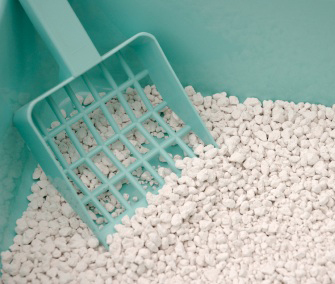How Do I Deal With My Cat’s Urinary Tract Problems?
Published on December 21, 2011
Q. My cat has been diagnosed with urinary tract disease. What should I do?

A. Feline lower urinary tract disease (FLUTD) is a serious disorder that affects the urinary system of a cat. The disease often causes a cat to urinate outside the litterbox (inappropriate elimination), which is a classic warning sign of FLUTD that you can see — and smell. Other warning signs include straining to urinate, crying out when urinating or urinating more frequently. These signs are often misinterpreted as behavorial problems and sometimes lead to owners giving up their pets for adoption.
Though FLUTD may occur in a cat of any age, it is more frequently seen in middle-aged, overweight pets of both sexes. Factors that increase the risk include lack of exercise, living in conflict with other pets (and stress in general) and insufficient water intake. You'll need to work with your veterinarian to manage this chronic condition. Some suggestions may include:
- Encouraging more fluid intake. Use feline water fountains (many cats prefer cool, running water). Keep all water clean and fresh. Add low-sodium broth to food to increase fluid intake.
- A therapeutic diet for urinary tract health.
- Feed several small meals during the day instead of one or two larger meals, but do keep measuring, since free-fed cats are often overweight or obese, which is not good for any cat, much less a cat with FLUTD.
- Decrease stress in the environment by providing enrichment activities such as scratching posts, window perches and kitty condos, and schedule regular play. Use phermones to help your cat chill out.
- Monitor changes in the home (new pets, remodeling, moving, etc.) and conflicts with other pets.
Some cats with obstructive FLUTD may need surgery, but you may be able to manage your cat's condition without it. You'll need your veterinarian's help, though, no matter what.

